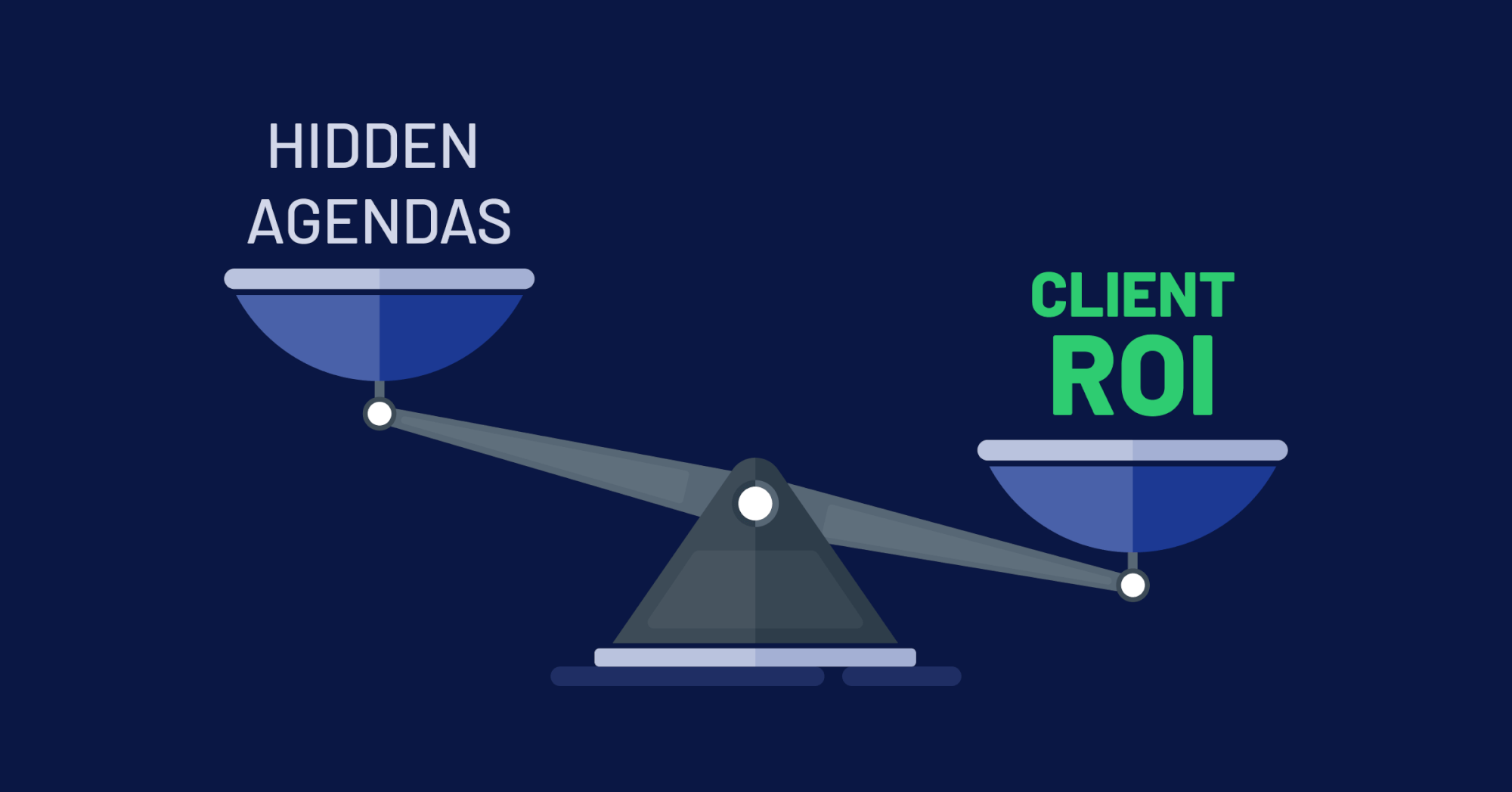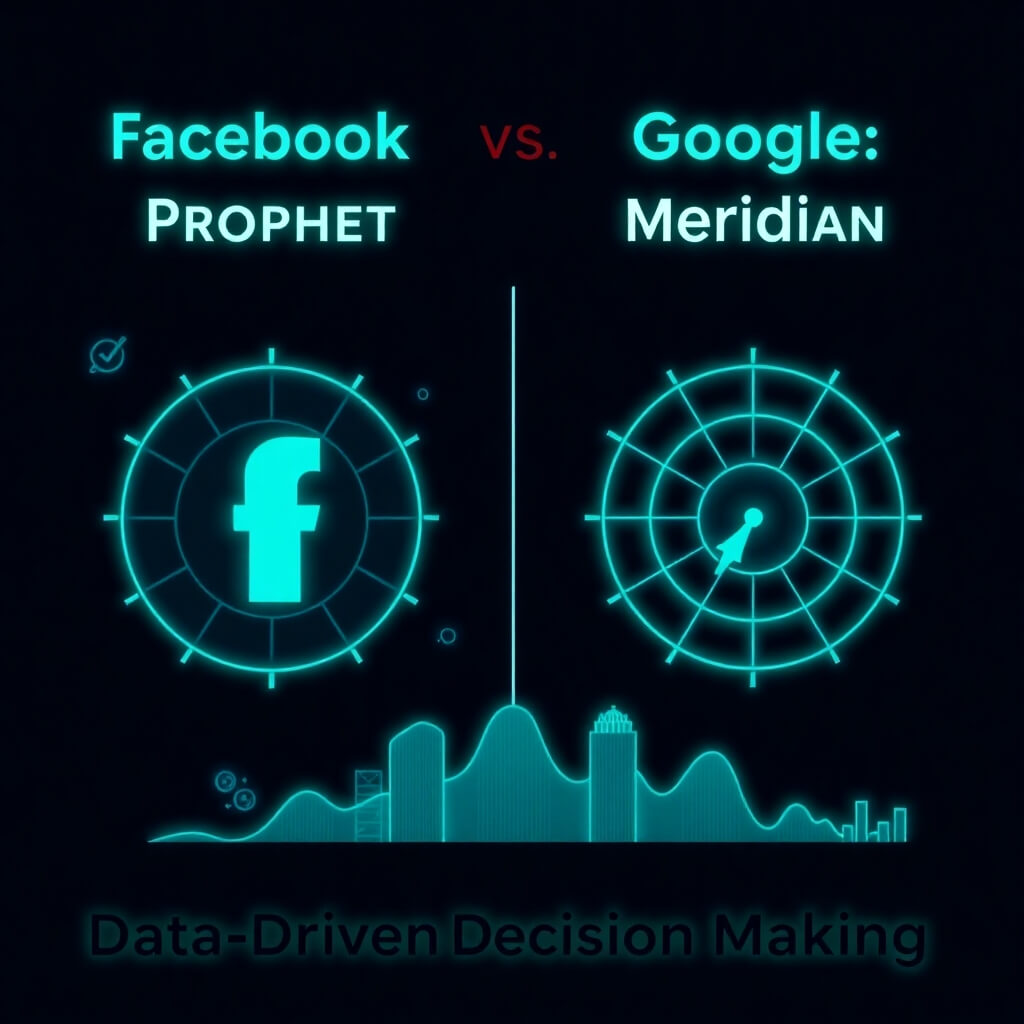As marketers, our world is based in ideation. How these ideas are developed and flushed out can sometimes be a time consuming marathon of chatter or worse, a silence that makes you panic.
Fear not, this process doesn’t need to be painful or drawn out. Follow these five steps and you’ll be conducting efficient and effective brainstorming sessions in no time.
1.) Preparation
Before you have the official barnstorm meeting be sure to prepare your team. Once you’ve sent out your meeting request, follow up with a detailed outline of brainstorm objectives – what you’re looking to get out of the meeting. Reiterate the clients marketing position, goals, objectives, and challenges. Encourage your team to put some thought into this before the scheduled meeting. If you’ve been running campaigns and programs for the client already – ask your team members to come to the meeting with a list of things that have worked and things that are not working. Also, ask them to provide any learnings they have acquired from the previous efforts.
2.) Have a Plan
Before your official brainstorm, as the host of this meeting it’s your job to provide structure. You want to guide the group through a productive discussion – not spending your time trying to rein everyone back in. Structure the flow of the meeting by asking simple questions and letting each team member answer. Outline the full list of what’s working and what insights everyone has learned. Build these lists at the start of the meeting and let them guide the flow of the discussion.
3.) Think Big Picture
Now that you are all in one room, everyone knows what the goals of the meeting are- everyone is well versed in the clients positioning, goals, objectives, and challenges. You’ve outlined a collaborative list of what’s working and new insights – the tools are in place to think as a group. Thinking as a group will mean you need to think big – don’t worry about mediums, budgets, or timing – think high level and remember the big picture – the end goal. Now is the time for ideas not tactics. Don’t jump ahead and don’t restrict your creativity.
4.) Tie it Back
You now have a list of big picture ideas, now you need to be sure they meet the client’s needs. Take each idea and one at a time review the idea against the client’s goals, objectives, and the brands overall positioning – does this take advantage of the areas of opportunity? Each time ask yourself – will this work? For the ideas that fail to meet all of these items – scratch them. By the end of this exercise you should have a narrowed down a list of good ideas worth exploring further.
5.) Delegate
Before wrapping up this initial ideation session, assign homework. Give each member of the team one of the big picture ideas to explore. Ask them to do the due diligence and flush out a detailed strategy and associated tactics. Schedule a follow up meeting one week later and allow everyone to present their fully flushed strategies and tactics. You should come to this second meeting with a finalized list of fantastic ideas to present to your client.
Throughout the process it’s your job as the idea wrangler to keep the team motivated, on track, and inspired. You must keep people engaged and on track by following up regularly. To keep the team motivated and excited you must use that energy in your communication around the process. Remember, while you can’t force someone to do the work, if you don’t motivate, inspire, and encourage, you are failing your team.
What brainstorming tactics have you used that work well for your team?





